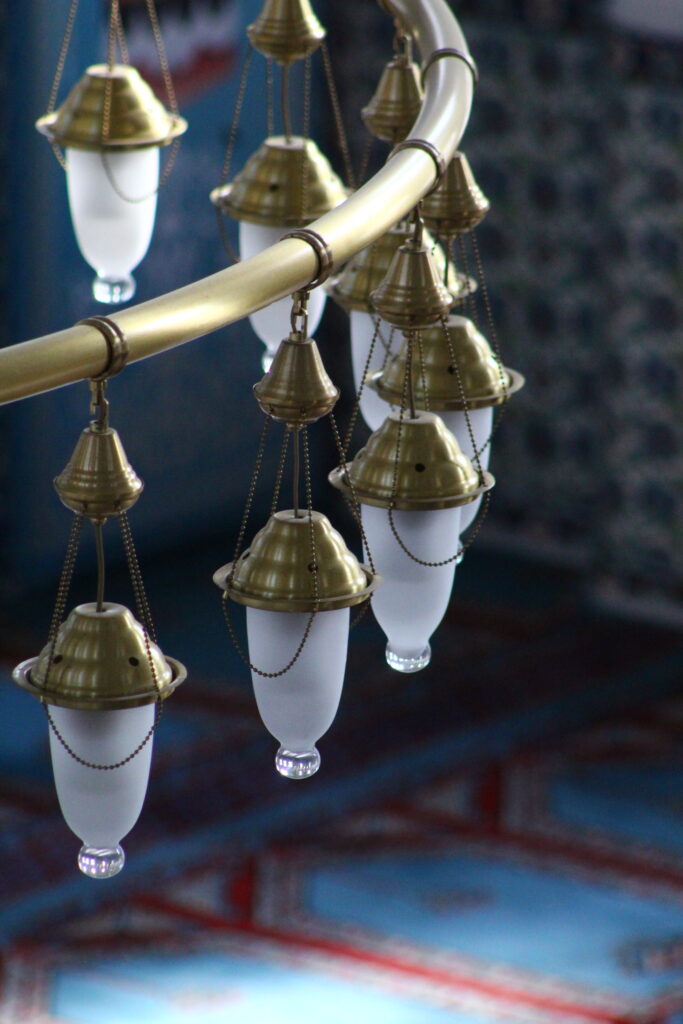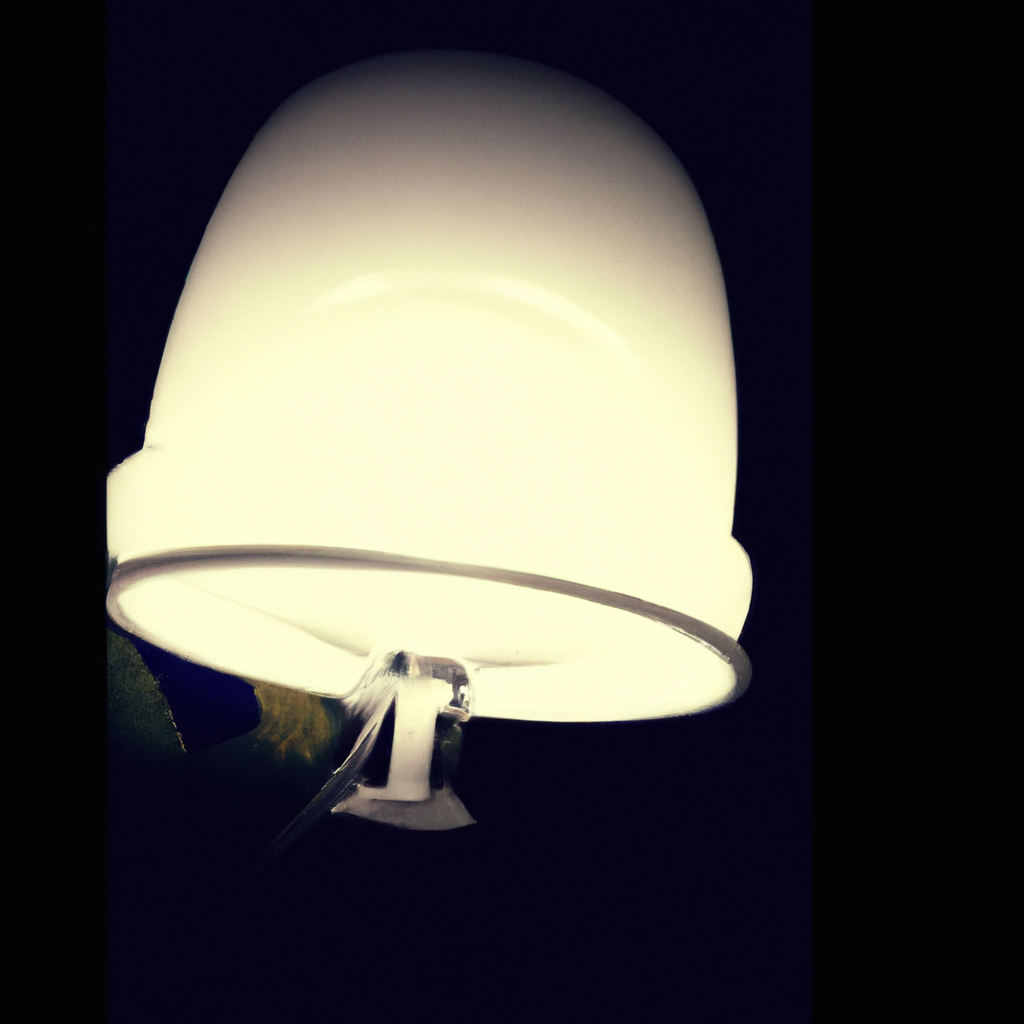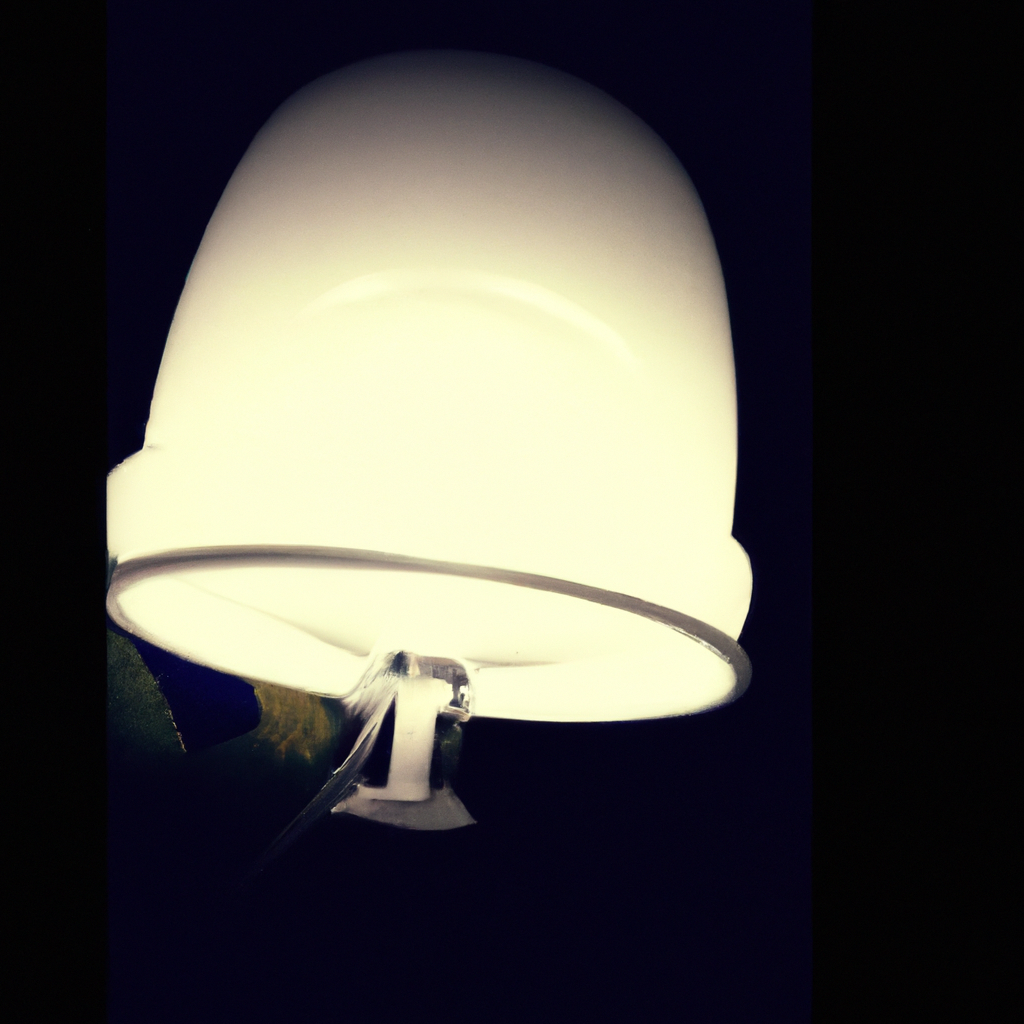Imagine having complete control over the ambiance of your bedroom lighting, tailored specifically to suit your mood at any given moment. From creating a relaxing oasis for winding down after a long day to energizing yourself for a productive morning, the possibilities are endless. In this ultimate guide, we will explore the various options available for customizing smart bedroom lighting based on your mood, ensuring your space becomes a haven perfectly curated to ignite the right emotions, night after night.

1. Understanding Smart Bedroom Lighting
1.1 What is Smart Bedroom Lighting?
Smart bedroom lighting refers to a lighting system that can be controlled and customized to suit your specific needs and preferences. It utilizes smart technology and wireless connectivity to provide a convenient and flexible lighting solution in your bedroom.
1.2 How Does it Work?
Smart bedroom lighting systems typically consist of smart bulbs or fixtures, a central control hub, and various control options such as smartphone apps or voice commands. These components work together to enable you to adjust the color, brightness, and other settings of your bedroom lights easily.
1.3 Benefits of Smart Bedroom Lighting
There are several benefits to having a smart lighting system in your bedroom. Firstly, it allows you to create the perfect ambiance for any situation or mood, whether it’s a relaxing evening, a productive work session, or a romantic setting. Additionally, smart bedroom lighting offers convenience and flexibility, as you can easily control your lights without getting out of bed. Lastly, it can enhance your sleep quality by syncing with your circadian rhythm and promoting a more natural sleep-wake cycle.
2. Assessing Your Bedroom Lighting Needs
2.1 Evaluating Current Lighting Setup
Before diving into the world of smart bedroom lighting, it’s important to assess your current lighting setup. Take a look at the type of bulbs you have, their brightness, and the overall distribution of light in your room. This evaluation will help you determine what aspects of your lighting can be improved with smart technology.
2.2 Identifying Lighting Zones
Next, consider dividing your bedroom into different lighting zones. This involves identifying areas where you require different lighting intensities or colors. For example, you may want brighter lights near your study desk and softer, warm lights near your bed for relaxation. By identifying these zones, you can plan your smart lighting system accordingly.
2.3 Determining Personal Preferences
Understanding your personal preferences is crucial when customizing smart bedroom lighting. Consider the colors and levels of brightness that make you feel most comfortable and relaxed. Some individuals may prefer cool tones for a calming effect, while others may enjoy warmer hues for a cozy atmosphere. Take note of your preferences to ensure your smart lighting system aligns with your personal taste.

3. Choosing the Right Smart Lighting System
3.1 Compatibility and Integration
When selecting a smart lighting system for your bedroom, compatibility and integration are key factors to consider. Ensure that the system you choose is compatible with your existing devices and platforms. Compatibility with virtual assistants like Amazon Alexa or Google Assistant can provide added convenience by allowing you to control your lights with voice commands.
3.2 Types of Smart Lighting Systems
There are several types of smart lighting systems available in the market, each with its own unique features and benefits. Some popular options include individual smart bulbs, smart light strips, and smart fixtures. Evaluate the pros and cons of each type to determine which one suits your bedroom lighting needs best.
3.3 Factors to Consider
Before making a final decision, consider factors such as the ease of installation, the scalability of the system, and the availability of additional features like color temperature adjustment or dimming capabilities. It’s also worth considering the cost of the smart lighting system and whether it fits within your budget.
4. Setting Up Your Smart Bedroom Lighting
4.1 Installing Smart Bulbs or Fixtures
Once you’ve chosen your smart lighting system, it’s time to install the smart bulbs or fixtures in your bedroom. Follow the manufacturer’s instructions to ensure a safe and proper installation. Depending on the type of system you’ve chosen, you may need to replace your existing bulbs or fixtures with the smart ones.
4.2 Syncing with a Smart Hub
To fully utilize the capabilities of your smart bedroom lighting system, you may need to sync it with a central control hub. This hub acts as a bridge between your smart lights and your control devices, such as your smartphone or virtual assistant. Consult the user manual for instructions on how to sync the system with the hub.
4.3 Personalizing Controls
After the initial setup, take some time to personalize the controls of your smart bedroom lighting system. This includes configuring the settings, creating lighting presets for different moods or activities, and assigning control options such as voice commands or smartphone apps. By personalizing the controls, you can ensure that your smart lighting system truly caters to your needs.

5. Exploring Mood Lighting Techniques
5.1 Calming and Relaxing
One of the major advantages of smart bedroom lighting is the ability to create a calming and relaxing atmosphere. Experiment with warm, dimmed lights to promote relaxation before sleep or during an evening wind-down routine. Consider using soft orange or amber hues, as these colors have been shown to have a soothing effect on the mind and body.
5.2 Energizing and Productive
On the other hand, if you’re looking to boost your energy levels and enhance productivity in your bedroom workspace, consider using cooler and brighter lighting. Mimicking natural daylight can help increase alertness and focus. Bright, white lights may be more suitable in these situations to create an energizing atmosphere.
5.3 Romantic and Intimate
Smart bedroom lighting can also set the mood for a romantic and intimate evening. Experiment with warm, dimmed lights and utilize features like color-changing or dynamic lighting scenes to create a romantic ambiance. Soft pinks, purples, or reds can enhance the cozy and intimate atmosphere, perfect for a date night or some quality time with your partner.
6. Customizing Lighting for Different Moods
6.1 Color Temperature Adjustments
Changing the color temperature of your smart lights allows you to customize the ambiance based on your mood. Cooler temperatures, resembling daylight, can create a more lively and energetic atmosphere, while warmer temperatures provide a cozy and relaxing feel. Adjust the color temperature to match the desired mood or activity in your bedroom.
6.2 Dimming and Brightness Levels
Having the ability to dim or brighten your bedroom lights is another key feature of smart lighting systems. Dimming the lights creates a softer and more intimate atmosphere, while increasing the brightness can enhance visibility for tasks like reading or getting ready in the morning. Experiment with different brightness levels to find what works best for you in different situations.
6.3 Dynamic Lighting Scenes
Dynamic lighting scenes can take your smart bedroom lighting to the next level by creating immersive experiences. These scenes involve setting up predefined lighting patterns or sequences that change over time. For example, you can create a scene that gradually transitions from warm and dimmed lights to brighter and cooler lights, simulating the natural sunrise. This can help regulate your circadian rhythm and improve your sleep-wake cycle.

7. Incorporating Smart Bedroom Lighting Controls
7.1 Voice Control with Virtual Assistants
Using voice control with virtual assistants like Amazon Alexa or Google Assistant adds another layer of convenience to your smart bedroom lighting system. Simply give voice commands to adjust the lights, change colors, or activate specific lighting scenes without having to reach for your control device. Voice control is especially useful when you’re in bed and don’t want to disturb your sleep environment.
7.2 Smartphone Apps and Remote Control
Smartphone apps provide a user-friendly interface to control your bedroom lights. With the tap of a finger, you can adjust the color, brightness, or lighting scenes from anywhere in your room. Remote control is a convenient option when you’re not near a voice-controlled device or prefer a visual interface.
7.3 Wall Switches and Motion Sensors
While the focus of smart lighting is on wireless control, traditional wall switches and motion sensors can also be integrated into your smart bedroom lighting system. This allows for easy manual control when needed or the automation of specific lighting actions when motion is detected.
8. Integrating Smart Bedroom Lighting with Other Devices
8.1 Syncing with Smart Speakers or Sound Systems
To enhance the overall experience in your bedroom, consider syncing your smart lighting system with smart speakers or sound systems. With this integration, you can create immersive experiences by combining synchronized lighting effects with music or ambient sounds. For example, you can coordinate vibrant lighting patterns with energetic music to create a party-like atmosphere.
8.2 Connecting to Smart Home Automation
If you have a smart home automation system, integrating your smart bedroom lighting with it can bring added convenience and control. You can create automation routines that automatically adjust the lights based on specific triggers or time of day. For example, you can set up a routine that gradually dims the lights at your preferred bedtime to help you wind down and prepare for sleep.
8.3 Scheduling and Automation
Scheduling and automation are powerful tools offered by smart bedroom lighting systems. By setting up schedules, you can have your lights turn on or off at specific times, creating a seamless and effortless experience. Automation also allows you to create more complex routines and triggers, such as having your lights automatically adjust when you walk into the room or in response to changes in natural lighting throughout the day.

9. Troubleshooting and Maintenance Tips
9.1 Common Issues and Solutions
While smart bedroom lighting systems are designed to be user-friendly, occasional issues may arise. Some common issues include connectivity problems, unresponsive controls, or flickering lights. In most cases, these issues can be resolved by ensuring proper Wi-Fi connectivity, updating firmware or software, or resetting the system.
9.2 Updating Firmware and Software
To ensure optimal performance and access to new features, it’s important to keep your smart lighting system’s firmware and software up to date. Check the manufacturer’s website or the accompanying app for any available updates and follow the instructions for installation.
9.3 Extending Bulb Lifespan
Smart bulbs, like any other bulbs, have a limited lifespan. However, you can take steps to extend their longevity. Avoid frequently turning the lights on and off, as this can reduce their lifespan. Additionally, using dimming features at lower brightness levels can help conserve energy and increase bulb lifespan.
10. Enhancing Sleep Quality with Smart Bedroom Lighting
10.1 Circadian Rhythm and Sleep
Your circadian rhythm plays a crucial role in regulating your sleep-wake cycle. Smart bedroom lighting can help enhance your sleep quality by aligning with your natural circadian rhythm. By gradually dimming the lights in the evening and using warmer colors, your body receives signals that it’s time to wind down and prepare for sleep.
10.2 Designing a Sleep-friendly Lighting Routine
To design a sleep-friendly lighting routine, consider setting up automated routines that gradually adjust the lights in your bedroom at specific times. For instance, you can schedule the lights to dim gradually 30 minutes before your desired bedtime. This gentle transition signals to your body that it’s time to relax and prepares you for a restful night’s sleep.
10.3 Sleep Tracking and Analysis
Some smart bedroom lighting systems offer sleep tracking and analysis features. These systems use motion sensors or other sensors to detect your sleep patterns, such as when you’re in bed or when you wake up. This data can provide valuable insights into your sleep quality and help you make adjustments to your sleep routine or lighting settings for optimal rest.
